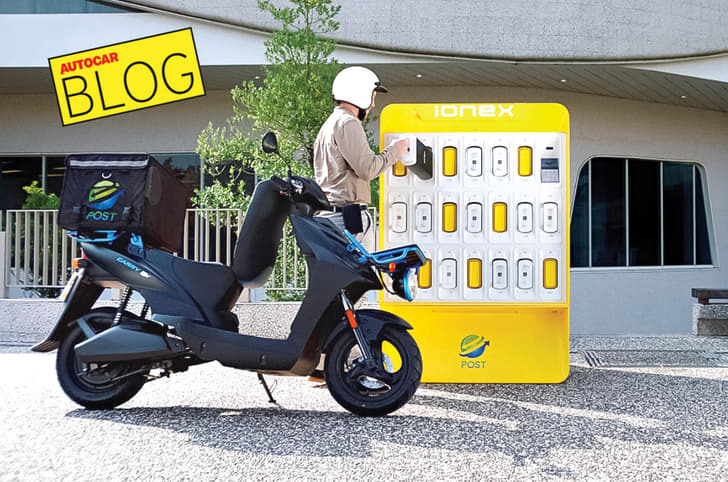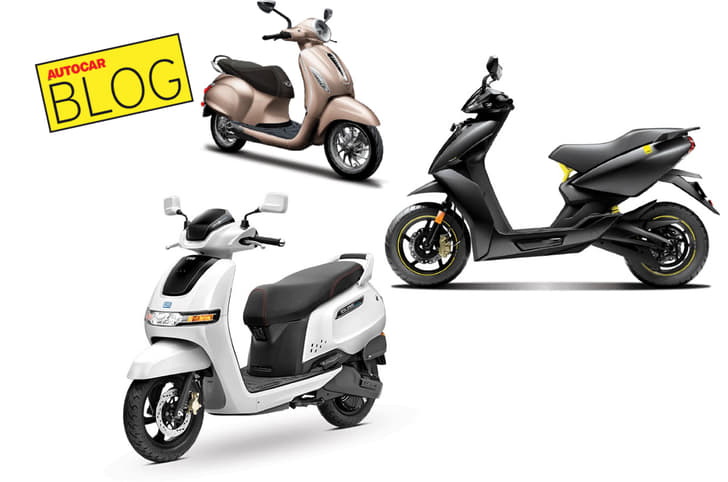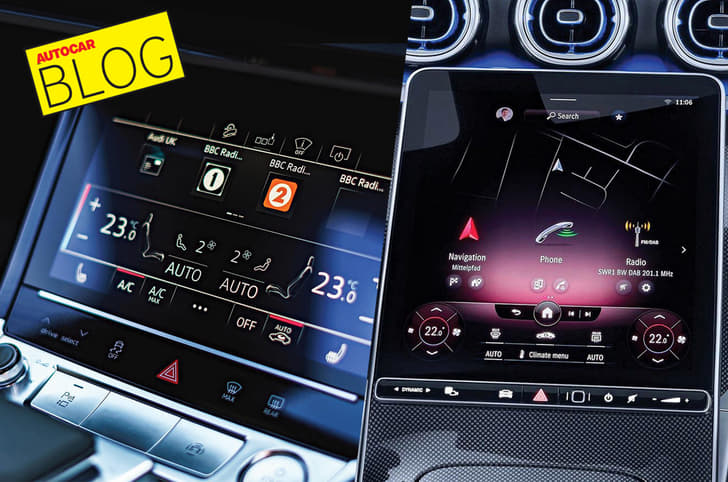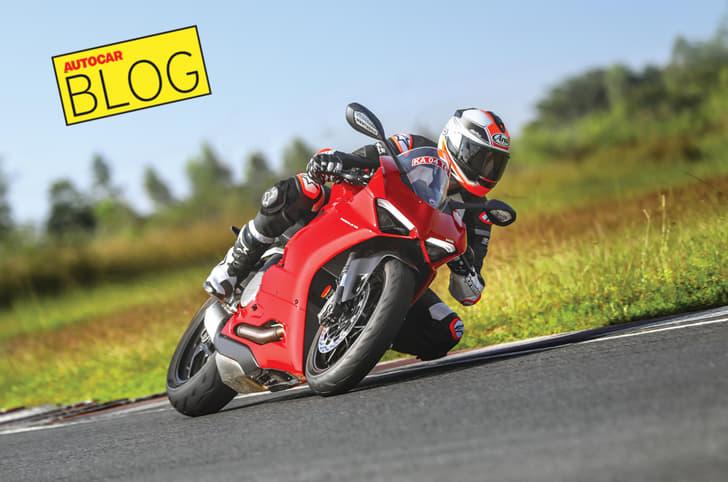Competition improves the breed, it always has and it always will. But in a world that’s evolving faster than we can keep up, sometimes it makes sense to hold hands too. That’s just what four mainstream manufacturers have decided to do when it comes to future EVs. You can read more about the KTM, Piaggio, Honda and Yamaha tie- up for a consolidated battery technical standard here, but this is the first time four, usually rival, manufacturers have come together to work on a shared technology. And it won’t be surprising if more eventually join the party.
These are strange times with no clear vision yet of the exact technologies that will feed our future vehicles. For over a century, manufacturers have simply had to produce their idea of what an automobile will be without much thought given to the fuel storage system – apart from ensuring the stuff won’t catch fire! But we’re now in an era where fuel storage is perhaps the most important parameter for future vehicles, with a huge range of possible technologies. Remember what a pain it was when someone didn’t have the correct charging cable you needed for your dying phone battery? Well, now picture dozens of different charging standards for all the electric vehicles out there – chaos!
Instead of waiting for governments to create a protocol, these four manufacturers have decided to do so themselves. Hopefully, more will join the consortium soon, because the benefits are plentiful, including for the battery manufacturers. The big one is that it makes battery swapping stations, like the KYMCO IONEX station you see in the picture above, far more viable.
The idea is simple, you have stations like this situated all over the city and if you’re a subscriber to the service, you simply swap your depleted battery for a fresh one and off you go. Side note, Taiwan-based KYMCO has put this battery swapping idea to good effect in Taipei, so it’s a bit of a surprise they aren’t one of the names on this list.
The consortium starts functioning from May 2021, and there’s a lot of work ahead. I’m intrigued by some of the possibilities – for example, what the EV space desperately needs is a rapid and constant evolution in battery technology to bring range and charge times to desirable levels. I wonder how such a consortium would be able to keep pace and ensure that its members’ customers have access to the latest possible battery technologies. After all, with a swappable ecosystem, you effectively don’t have to worry about ownership of the battery, but how do you then manage having batteries of different levels of technology (i.e with varying levels of power and energy density) circulating within a public swappable environment?
Just as with everything else surrounding our rapid shift to EVs, there are still many big questions hanging in the air, but this consortium is a step in the right direction. We just have to sit back and watch how it all unfolds over the next few years.




















